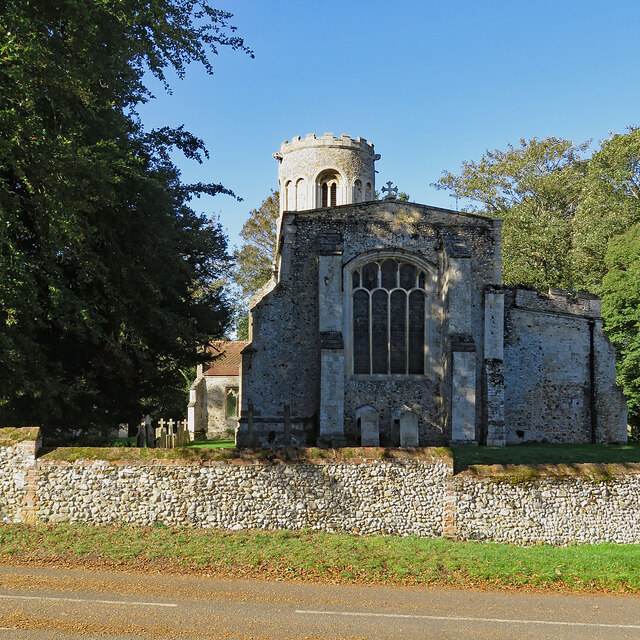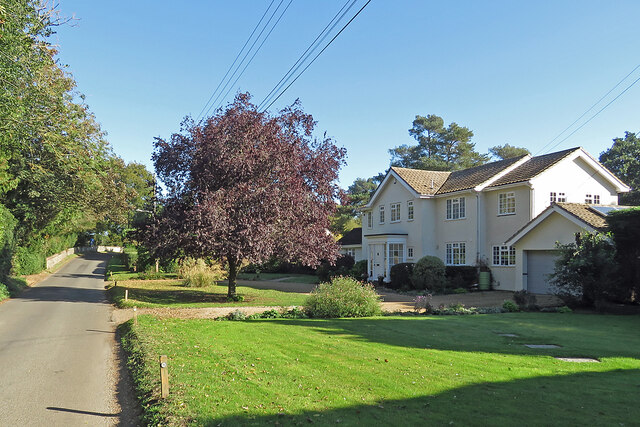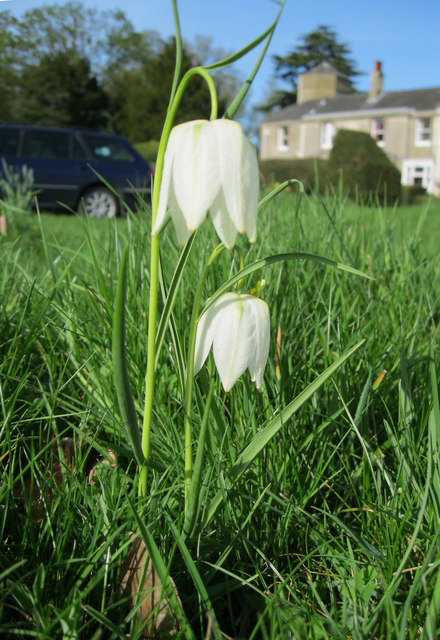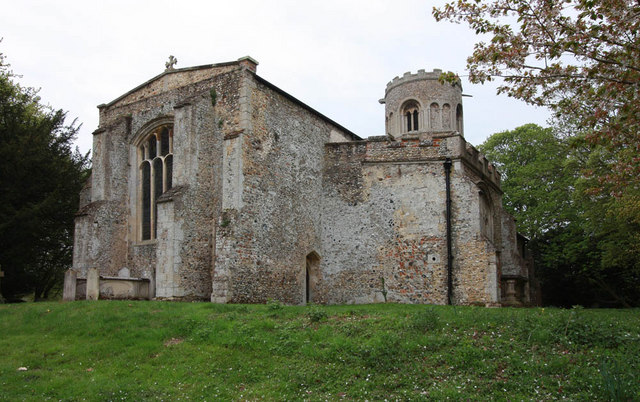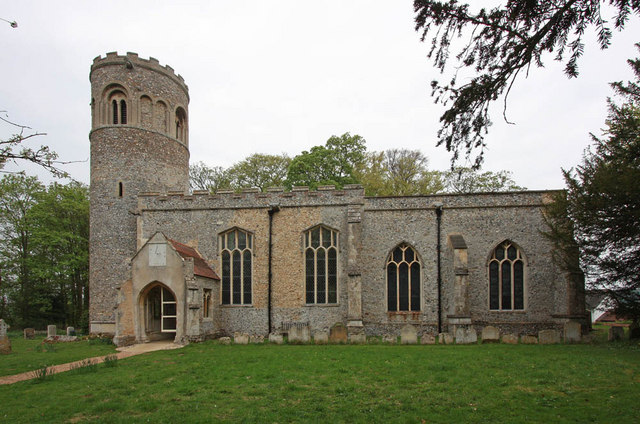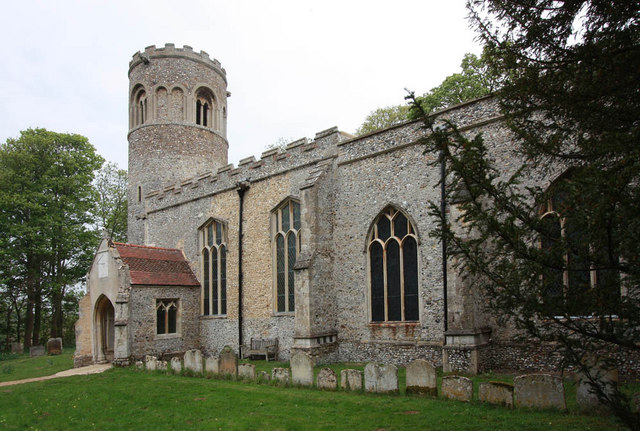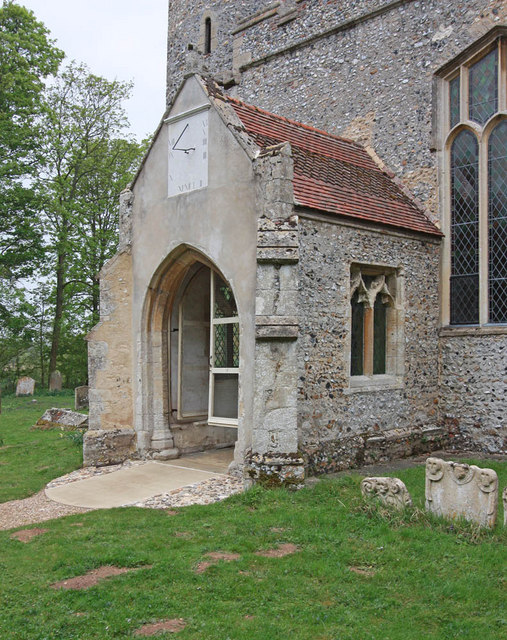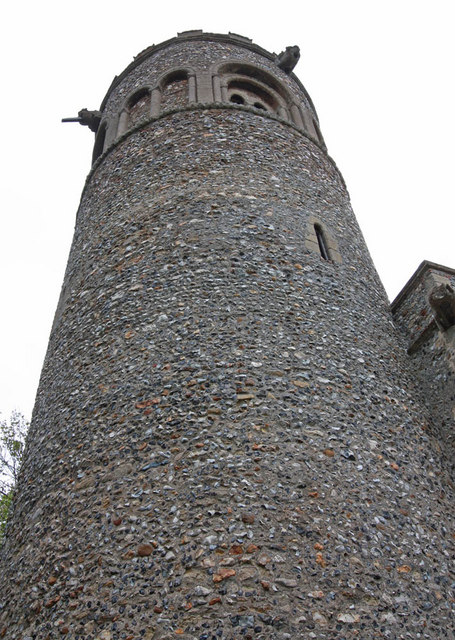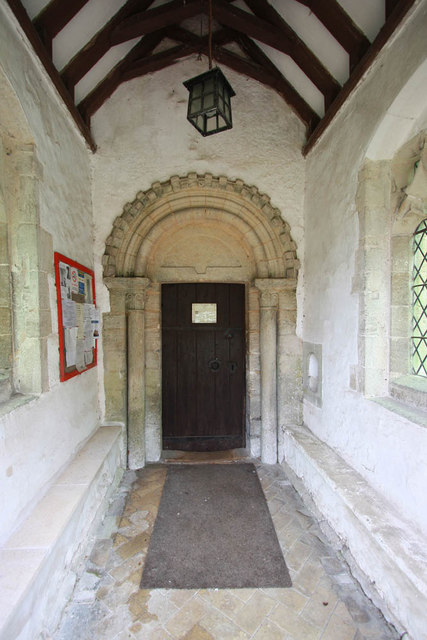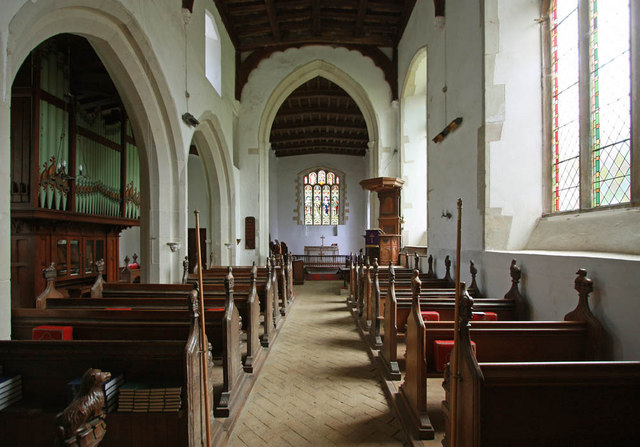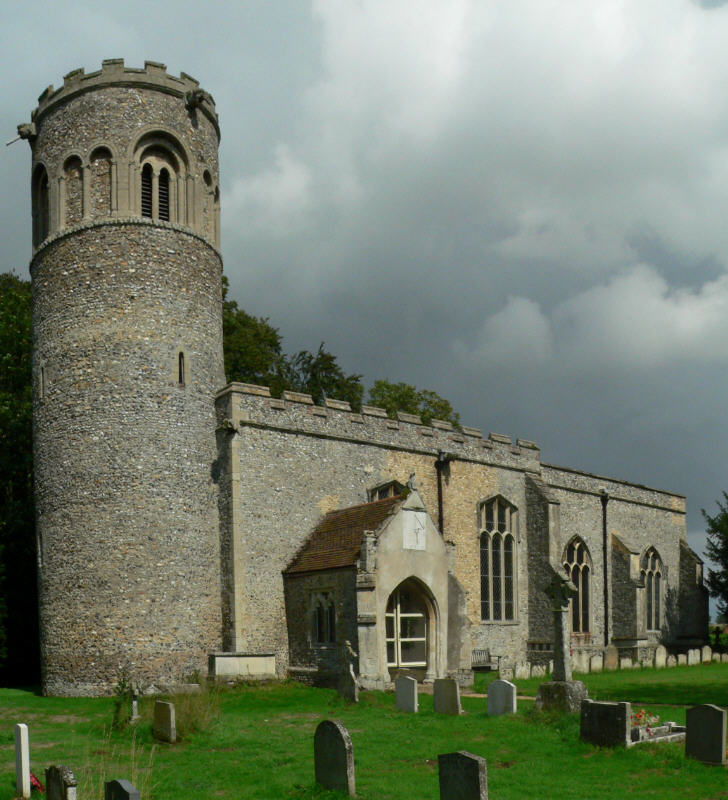Long Plantation
Wood, Forest in Suffolk West Suffolk
England
Long Plantation
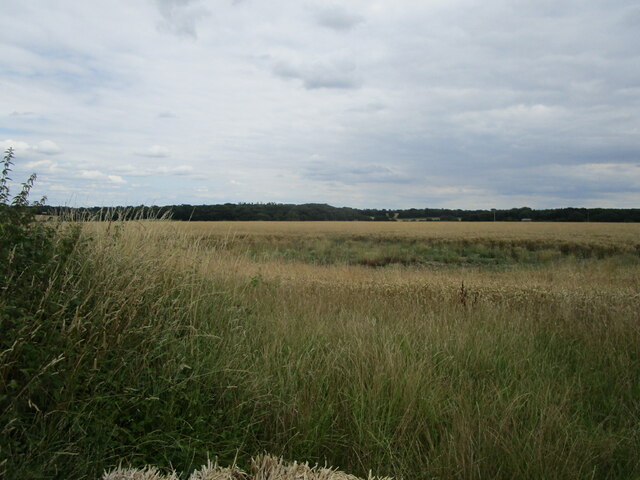
Long Plantation is a picturesque woodland area located in Suffolk, England. It is known for its vast expanse of lush greenery and dense forest cover. Spanning over several acres, Long Plantation offers a serene and tranquil environment that attracts nature enthusiasts and outdoor enthusiasts alike.
The plantation is characterized by its tall, majestic trees, predominantly consisting of oak, beech, and birch. These trees provide a dense canopy, creating a cool and shaded atmosphere even during the summer months. The forest floor is covered with an array of wildflowers, ferns, and moss, adding a touch of color and beauty to the surroundings.
Long Plantation is home to a diverse range of wildlife, making it a popular spot for birdwatchers and nature photographers. Visitors can spot a variety of bird species, including woodpeckers, owls, and various songbirds. Small mammals like rabbits, squirrels, and foxes can also be seen darting through the undergrowth.
The plantation offers several walking trails and pathways, allowing visitors to explore the area at their own pace. These trails wind through the forest, offering glimpses of hidden clearings and babbling brooks. The peaceful ambiance and natural beauty of Long Plantation make it an ideal location for a leisurely stroll or a family picnic.
Long Plantation is a haven for those seeking solace in nature. Its untouched beauty and tranquil atmosphere provide a perfect escape from the hustle and bustle of city life. Whether it's a leisurely walk, birdwatching, or simply enjoying the serenity of the surroundings, Long Plantation offers a delightful experience for all nature lovers.
If you have any feedback on the listing, please let us know in the comments section below.
Long Plantation Images
Images are sourced within 2km of 52.232256/0.62321075 or Grid Reference TL7962. Thanks to Geograph Open Source API. All images are credited.
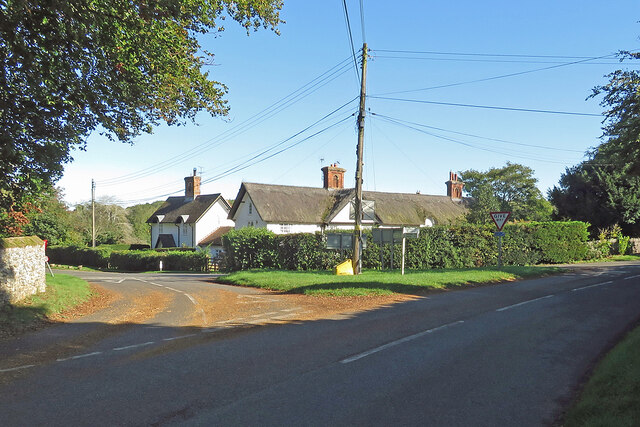
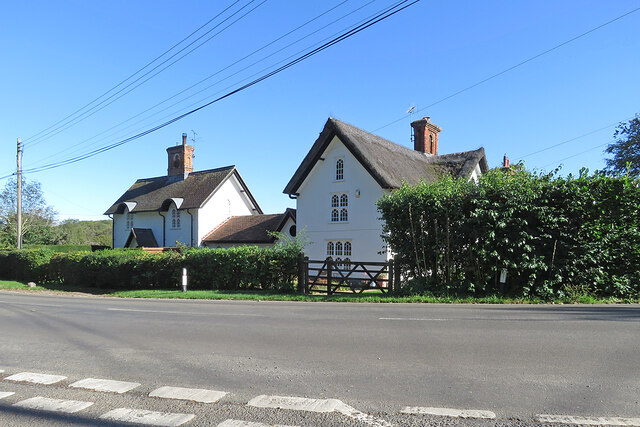
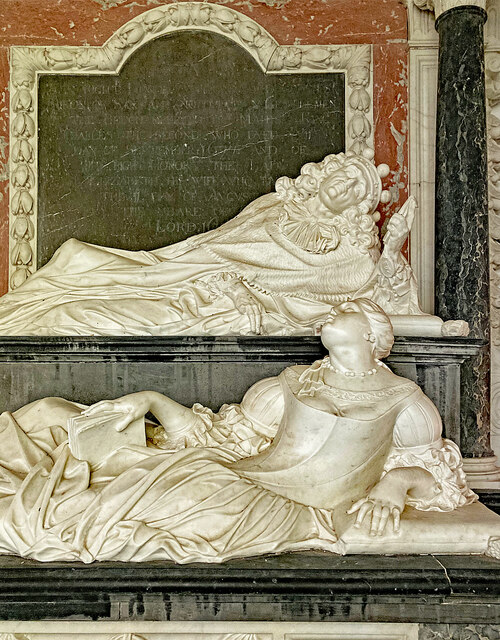
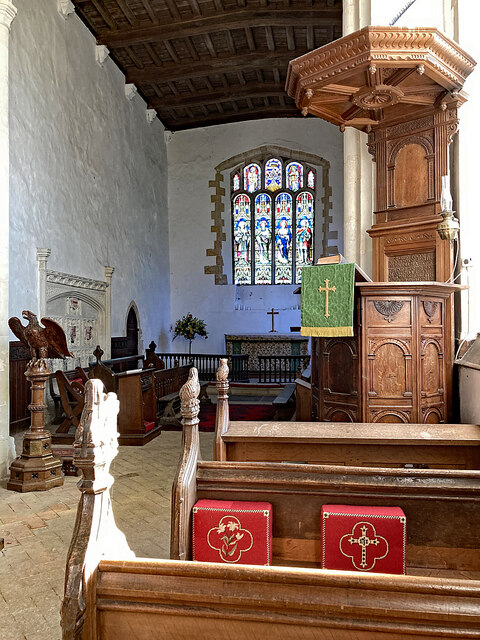
![Little Saxham: St Nicholas &quot;The most spectacular Norman round tower in Suffolk,&quot; wrote Nikolaus Pevsner. &quot;Round the top a rhythmical order of arches on columns. In the four main directions they hold deeply recessed two-light bell-openings, in the diagonals two lower blank arches. Billet frieze along the sill level.&quot; The Perpendicular &quot;nave and chancel S sides [have] uncusped, rather bald tracery,&quot; he opined.](https://s3.geograph.org.uk/geophotos/07/62/53/7625363_c0c2ed83.jpg)
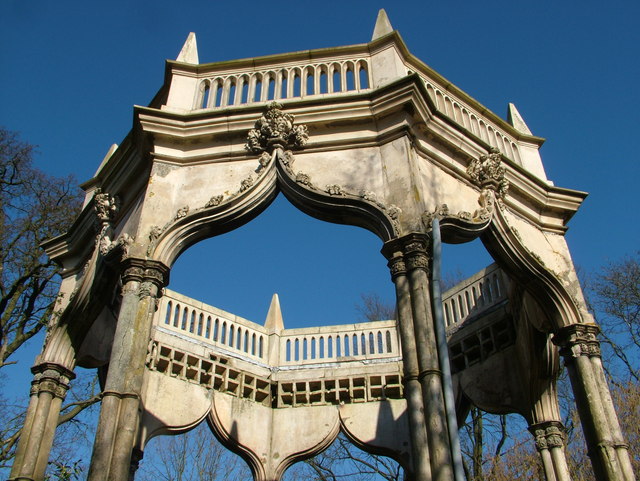
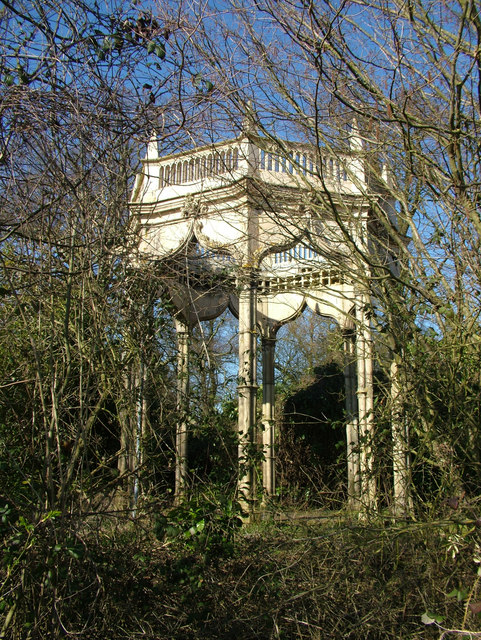
Long Plantation is located at Grid Ref: TL7962 (Lat: 52.232256, Lng: 0.62321075)
Administrative County: Suffolk
District: West Suffolk
Police Authority: Suffolk
What 3 Words
///habits.parsnip.intention. Near Bury St Edmunds, Suffolk
Related Wikis
Little Saxham
Little Saxham is a village and former civil parish, now in the parish of The Saxhams, in the West Suffolk district, in the county of Suffolk, England....
Great Saxham
Great Saxham is a village and former civil parish, now in the parish of The Saxhams, in the West Suffolk district, in the county of Suffolk, England. The...
Saxham Hall
Great Saxham Hall is a two-storey Palladian house situated at Great Saxham, just outside Bury St Edmunds in Suffolk, England. It is a Grade II* listed...
The Saxhams
The Saxhams is a civil parish in the West Suffolk district of Suffolk in eastern England. Located around two miles west of Bury St Edmunds, the parish...
Thingoe Rural District
Thingoe Rural District was a rural district in the county of West Suffolk, England between 1894 and 1974. It was named after the ancient Hundred of Thingoe...
St Mary's Church, Ickworth
Ickworth Church (more formally known as St Mary's Church, Ickworth) is a former parish church in Ickworth Park near Bury St Edmunds in Suffolk, England...
Little Horringer Hall
Little Horringer Hall is a Grade II-listed house in Horringer, Bury St Edmunds, Suffolk, England.There has been a hall in this location since the 17th...
Ickworth House
Ickworth House is a country house at Ickworth, near Bury St Edmunds, Suffolk, England. It is a neoclassical building set in parkland. The house was the...
Nearby Amenities
Located within 500m of 52.232256,0.62321075Have you been to Long Plantation?
Leave your review of Long Plantation below (or comments, questions and feedback).
